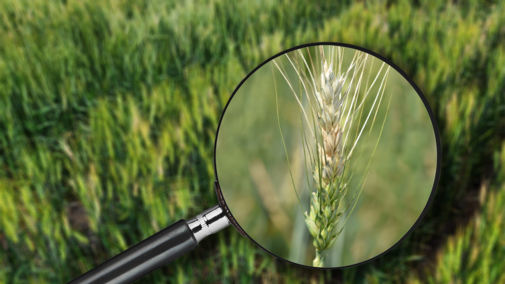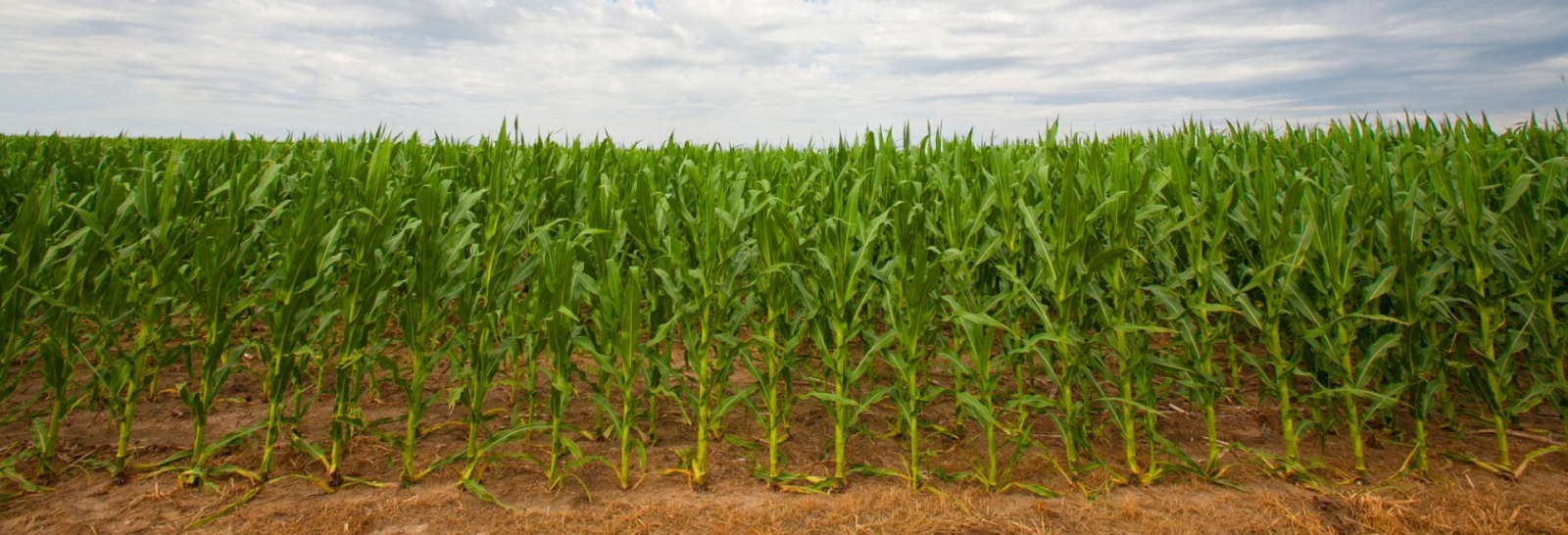As Nebraska’s wheat crop enters the critical flowering stage, experts are urging growers — particularly in the Panhandle and western regions — to stay vigilant for signs of Fusarium head blight (FHB), also known as scab.
Dr. Stephen Wegulo, small grains extension plant pathologist at the University of Nebraska–Lincoln, points to recent rainfall events and their timing relative to crop development as major contributors to increased risk.
“Heavy and continuous rainfall before and during flowering poses the highest risk, especially where cereal stubble remains on the soil surface,” Wegulo said.
He recently recommended a fungicide application for a field in Grant following significant precipitation and observed that a nearby trial site was flowering and at heightened risk.
However, Wegulo cautions that fungicide decisions must take economics into account.
“It may not be economically profitable to spray if the yield potential is low,” he noted.
This concern is especially relevant in 2025, as many dryland fields in the region have uneven stands due to the dry fall and delayed emergence in many fields. Growers are already facing pressure from uncertain wheat prices and low yield potential.
Katherine Frels, small grains breeder at UNL, also highlighted the complication of uneven crop maturity in Panhandle fields.
“Half the field might be flowering while the other half is still heading,” she said, noting that this makes fungicide timing difficult.
Although FHB has historically been less common in western Nebraska, growers in the Panhandle saw significant cases as recently as 2023. That event surprised many and serves as a reminder that FHB can strike under the right conditions, even in regions previously thought to be low-risk.
Growers should prioritize fungicide applications for fields with better stands and higher yield potential, as these will offer the greatest return on investment. Fungicides labeled for FHB will also effectively control foliar fungal diseases such as stripe rust, Septoria, and tan spot; but not all fungicides for foliar diseases will be effective against scab. Adhere to the pre-harvest interval for FHB fungicides, which is 30 days.
As always, continue to monitor local weather forecasts alongside the growth stage of your wheat. FHB infection risk remains highest during flowering and can develop rapidly under wet, humid conditions. Use regional risk maps and consult with local extension specialists to guide your decisions.

